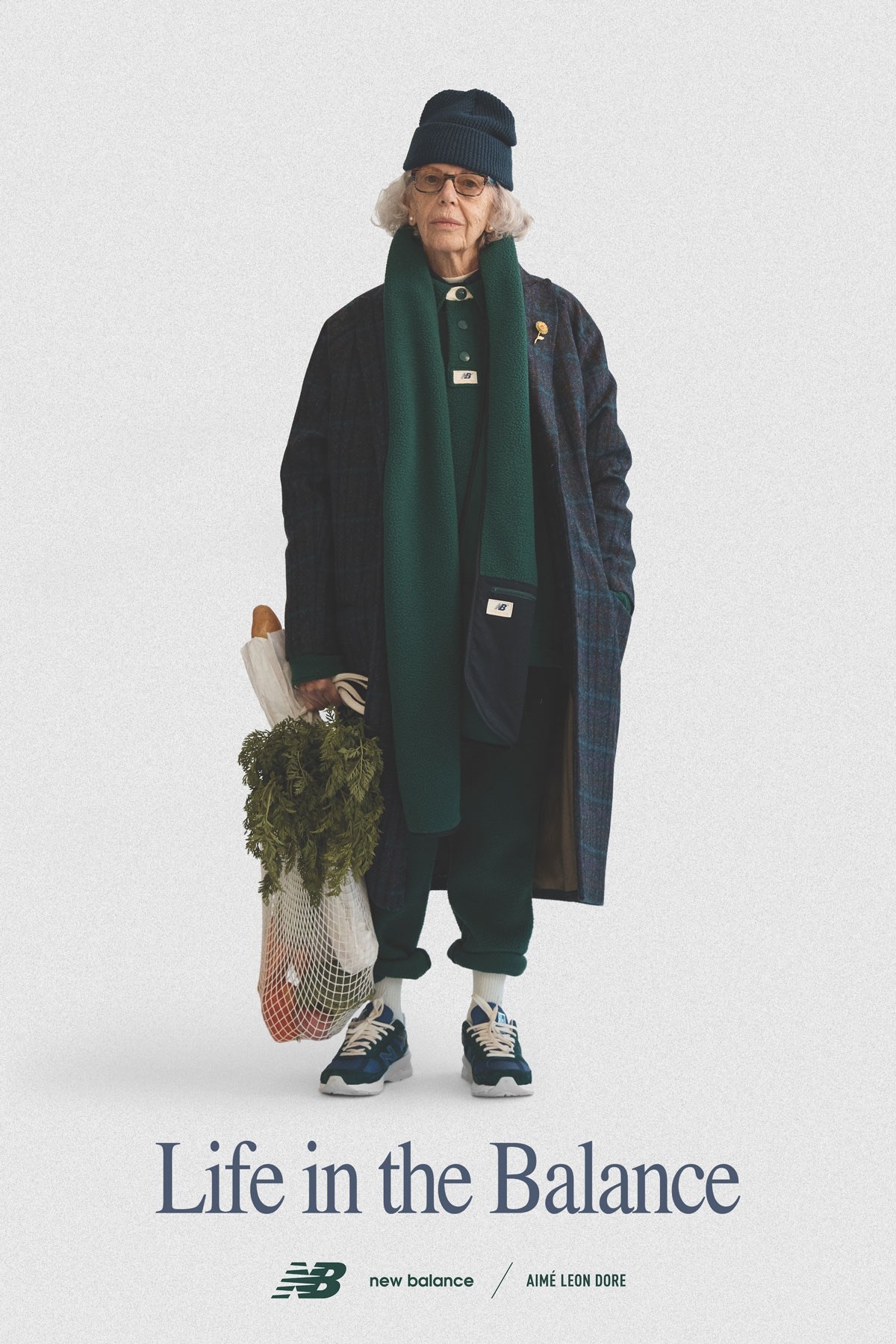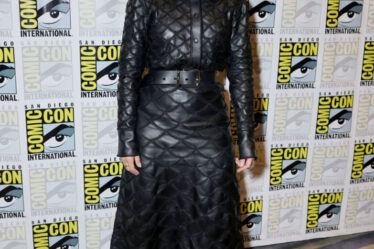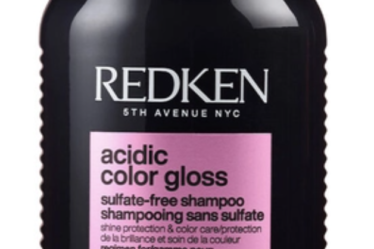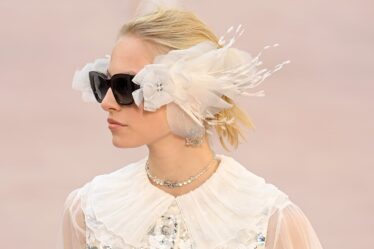
Prior to the Staud launch, New Balance’s collaborations had been mostly geared toward the men’s market, though plenty of women snapped up the styles, too. The brand is still in the beginning stages of shaping its women’s offerings, says Brittany Branch, New Balance’s senior product manager of global lifestyle and collaboration apparel, and working with brands like Staud is giving it a blueprint for where it can go next.
Aime Leon Dore
Aime Leon Dore
Female customers are taking notice. Stylist Dianne Garcia, who works with clients like SZA and Kendrick Lamar, says she’s become a New Balance fan in her 30s as she’s grown more disillusioned with the excess and hype driving much of the sneaker world.
“I didn’t feel like I was a part of that trend any longer,” she says. “I just got to a point in my life where I want to wear something that’s really comfortable and functional and very neutral.” A pair of all-white New Balances — or an ALD style in a classic, Ralph Lauren-esque colorway (collegiate reds, hunter greens, and mustard yellows) — fits the bill most days of the week.
Kia Marie, a content creator and sneaker influencer, started wearing New Balance sneakers in college back in the early 2000s, but took notice of the brand in a new way as it began rolling out collaborations and bringing back archival styles like the 550. More than its competitors, it seems to recognize the value in storytelling and building connections through its partnerships, she says.
“It’s not just, ‘Oh, here’s a shoe. Let me just slap my name on it as a collab.’ You can actually see the inspiration in the design,” she says. Plus, there’s the execution. “They’re consistent. Everything they put out is fire.”
While New Balance may have lagged behind some of its peers in terms of getting into the collaborations game, the timing may have turned out to be fortuitous.
Six years ago, when the brand was embroiled in its Trump scandal (which stemmed from a quote about trade policy that it argued was taken out of context), it didn’t have far to fall with the sneakerhead crowd.
Marie says she wasn’t wearing New Balance in 2016 anyway, so steering clear of the brand for a year or two in the wake of the political backlash wasn’t much of a loss. In the time since, she says, she feels the brand has demonstrated its values by sticking to what it knows — product — and cultivating supportive partnerships with diverse creatives.
While the Ohio dad demographic (referenced playfully in some of its ads) is still an important New Balance customer, the fashion crowd is now powering much of its business. The challenge will be figuring out how to appease both — and how to keep fans excited about what’s new without straying too far from the brand’s roots.
In the coming months, per Grondin, we’ll see Santis’s debut Made in USA collection — the first glimpses of which appear in ALD’s new campaign — a collaboration with a “mid-to-higher-tier European brand” and another with an independent designer showing at Paris Fashion Week’s menswear shows in June. Another Staud drop, this time with a “Cali surf vibe” and inspired by a campaign pulled from the New Balance vaults, is also in the pipeline, along with further restocks of those perennially sold-out 550s.
Will New Balance stay on top forever? Can any brand? After 116 years in business, “They have longevity already. So they have the formula,” says Marie. Now it’s the competition that has to keep up.



